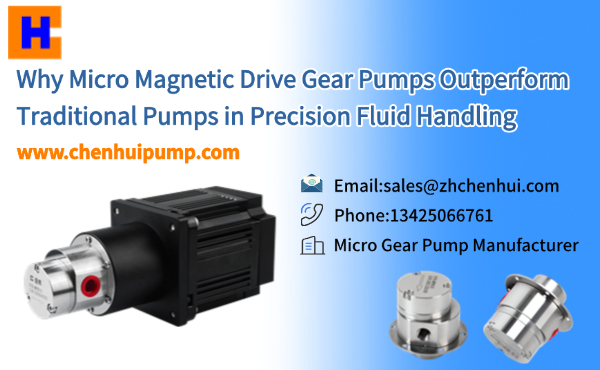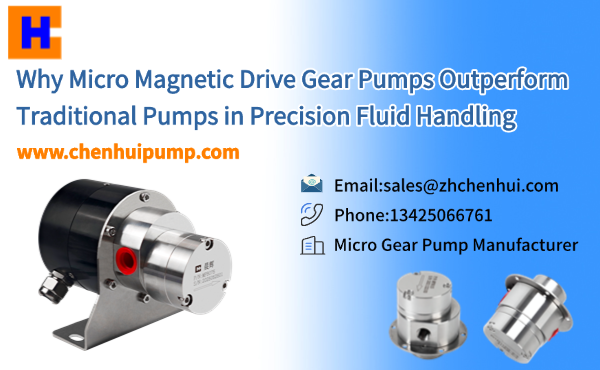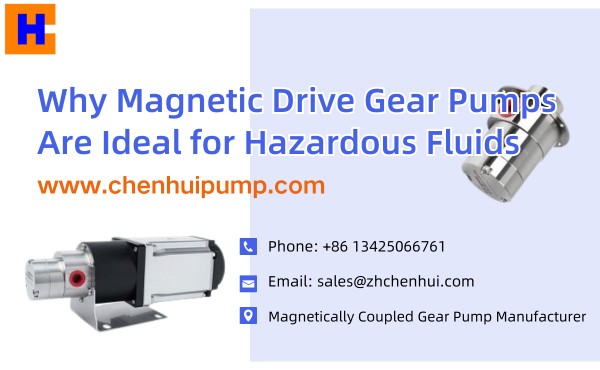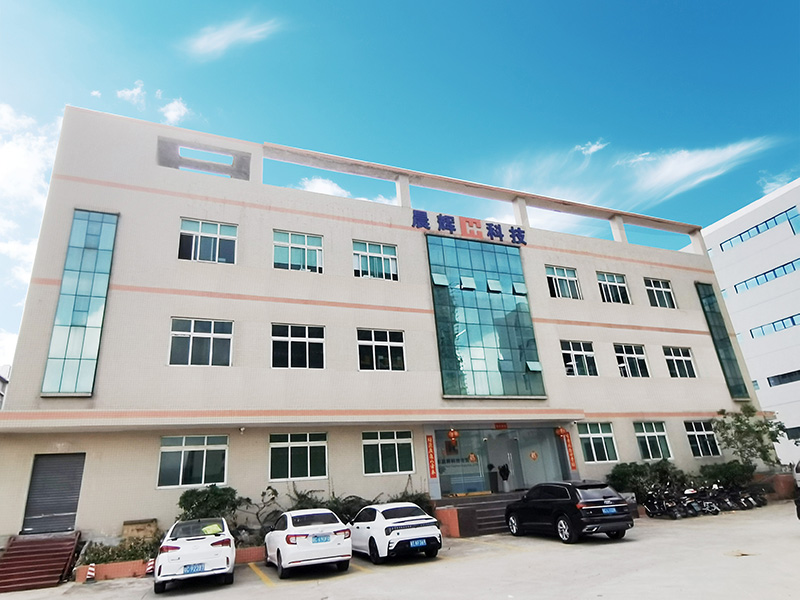External gear pumps deliver exceptional performance in fluid transfer applications. Their unique working principle ensures a steady, pulse-free flow, making them suitable for industries requiring precision. These pumps operate with remarkable efficiency, minimizing energy consumption while maintaining reliability.
Their robust construction enhances durability, allowing them to handle demanding tasks without frequent maintenance. This combination of cost-effectiveness, smooth operation, and versatility makes them a standout choice for professionals seeking dependable fluid handling solutions.
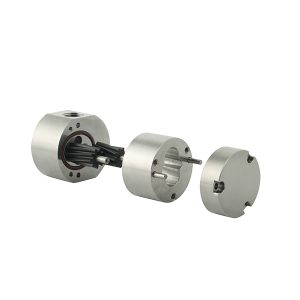
What Are External Gear Pumps?
External gear pumps are positive displacement pumps designed to transfer fluids with precision and consistency. They operate using two interlocking gears that rotate to create a vacuum, drawing fluid into the pump. As the gears continue to turn, they trap the fluid between the gear teeth and the pump casing, moving it from the inlet to the outlet. This mechanism ensures a steady, pulse-free flow, making these pumps ideal for applications requiring accuracy and reliability.
The primary purpose of external gear pumps is to handle fluid transfer tasks across various industries. These pumps excel in managing liquids of different viscosities, from thin solvents to thick oils. Their robust design allows them to perform efficiently in demanding environments, including chemical processing, food production, and hydraulic systems. By delivering consistent performance, they meet the needs of industries that prioritize precision and durability.
Working Principle of External Gear Pumps
Step-by-Step Mechanism
External gear pumps operate using a straightforward yet efficient process. Their working principle revolves around two interlocking gears that rotate to move fluid. Here is a step-by-step breakdown of how they function:
- Fluid Entry: As the gears begin to rotate, they create a vacuum at the pump’s inlet. This vacuum draws the fluid into the pump chamber.
- Fluid Trapping: The fluid gets trapped between the gear teeth and the pump casing. This design ensures no backflow occurs during operation.
- Fluid Transfer: The rotating gears carry the trapped fluid along the casing walls toward the outlet. The continuous rotation ensures a steady flow.
- Fluid Discharge: At the outlet, the gears mesh together, forcing the fluid out of the pump. This action maintains consistent pressure and flow throughout the process.
This working principle ensures smooth and pulse-free flow, making external gear pumps ideal for applications requiring precision and reliability.
Key Components and Their Roles
The performance of external gear pumps depends on their well-designed components. Each part plays a crucial role in ensuring efficient operation. Below is an overview of the key components:
- Gears: The two interlocking gears are the heart of the pump. They create the vacuum and transfer the fluid. Their precise design ensures consistent flow and pressure.
- Pump Casing: This encases the gears and provides a sealed environment for fluid movement. It prevents leaks and supports the pump’s durability.
- Inlet and Outlet Ports: These openings allow fluid to enter and exit the pump. Their placement ensures smooth flow without interruptions.
- Bearings and Shafts: These components support the gears’ rotation. They enhance the pump’s performance by reducing friction and wear.
The combination of these components ensures the pump operates efficiently, delivering reliable performance across various applications. The working principles of these pumps make them a preferred choice for industries requiring steady and precise fluid handling.
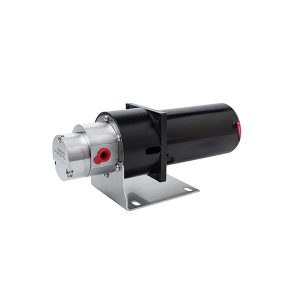
Benefits of External Gear Pumps
- High Efficiency and Smooth Flow: They ensure high fluid transfer efficiency, minimizing energy loss and providing smooth, steady flow. This eliminates pulsations that can disrupt processes, making them ideal for precision applications like chemical dosing and hydraulic systems. By maintaining consistent pressure and flow, they enhance productivity and reduce operational costs.
- Durability and Reliability: Built with high-quality materials, these pumps are designed to withstand wear and tear in demanding environments. Their simple design, with fewer moving parts, reduces the likelihood of mechanical failure, making them reliable for handling abrasive or viscous fluids. They also perform well under high pressure.
- Versatility Across Applications: External gear pumps are adaptable to a wide range of applications. They handle fluids with varying viscosities, from thin solvents to thick oils. Their compact design makes them suitable for tight spaces, and industries such as food production, chemical processing, and water treatment benefit from their versatility. Whether for corrosive chemicals or food-grade liquids, these pumps deliver consistent results.
- Cost-Effectiveness and Maintenance Ease: These pumps are cost-effective due to their simple design, reducing manufacturing costs and offering affordable prices. Their energy-efficient operation also lowers power consumption, reducing operational expenses. With fewer moving parts, they are easier to maintain, with tasks like checking for wear or cleaning the pump casing being quick and requiring no specialized tools. This minimizes downtime and ensures continuous operation.
- Low Maintenance Costs: External gear pumps are made from high-quality, corrosion-resistant materials like stainless steel, enhancing their lifespan. This reduces the need for frequent replacements and repairs, saving businesses money in the long term. The availability of standardized replacement parts also makes maintenance easier and quicker, further reducing downtime and operational disruptions.
External Gear Pumps VS Internal Gear Pumps
Internal Gear Pumps have a design where one gear is positioned inside the other. The larger internal gear (or rotor) drives the smaller idler gear, which rotates within the cavity formed by the internal gear. As the gears mesh, fluid is trapped between the teeth and carried from the inlet to the outlet. These pumps are ideal for transferring viscous fluids and can handle higher pressures.
External Gear Pumps consist of two identical, interlocking gears supported by separate shafts. One of these gears is typically driven by a motor, which in turn drives the other gear, known as the idler. In some designs, both shafts may be driven by motors for specific applications. These gears rotate in opposite directions, creating suction at the inlet and forcing fluid through the discharge side. These pumps are ideal for high-pressure, low-flow applications. They are widely used in chemical dosing, metering, and precision fluid handling.
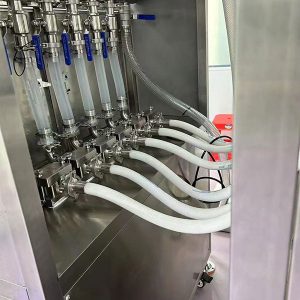
Looking for reliable and precise fluid handling solutions?
CHENHUI’s external gear micro pumps offer exceptional performance for low-flow, high-pressure applications. With their robust design and accurate metering capabilities, these pumps are perfect for industries requiring controlled fluid transfer. Choose CHENHUI for high-quality, customizable micro gear pumps that meet your specific needs. Contact us today to discuss how our pumps can improve your system’s efficiency!




